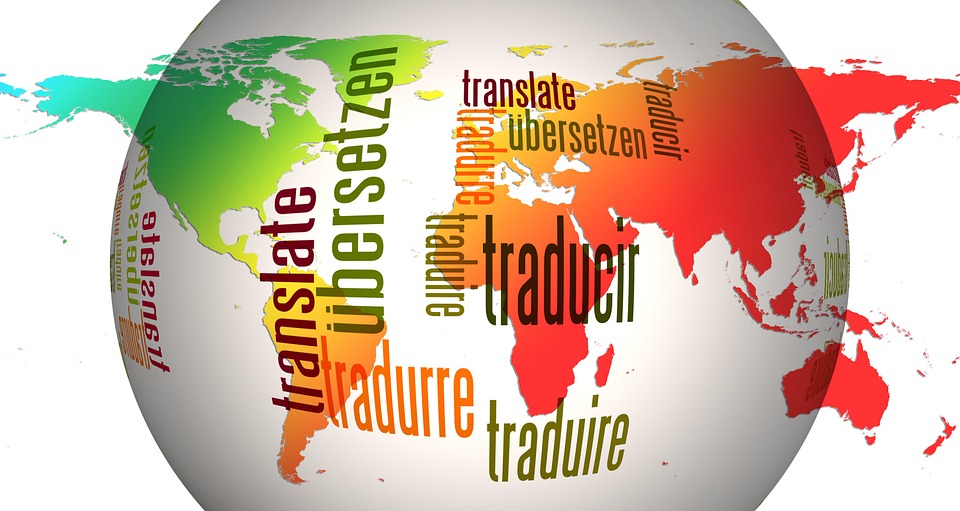There are currently seven thousand languages spoken around the world, but, as we become more and more of a global society, regional and tribal dialects are being spoken less and less. Sometimes this can be down to younger generations adapting to the needs of society and adopting more commonly-spoken languages like English, while the older generations die out taking the language with them. Sometimes, though, it can be narrowed down to far more sinister reasons.
Ainu, for instance, is estimated to be spoken by as few as two people. Ainu was the dialect spoken by the Ainu people who lived primarily on the Japanese island of Hokkaido. After the island was assimilated into the Japanese Empire, the Ainu were denied the right to partake in any of their cultural practices, including the use of their mother tongue.
In most cases, though, the languages are disappearing because the people who speak them are themselves disappearing. The Pawnee people, for example, numbered close to ten thousand in the early 19thcentury, but through fighting with other indigenous tribes like the Sioux and Comanche, and the introduction of diseases brought to the country by Western settlers, by 1860 their numbers had dwindled to just four thousand. Although today the Pawnee are still numbered at around three thousand, it’s believed that there may be as few as ten native speakers left.
Similarly, in Australia, two dialects spoken by aboriginal tribes in the Northern Territory are dying out, namely Ngan’gikurunggurr and Alawa, also known as Galawa or Waliburu. According to the 2016 census, there were only four women who were still speakers of the Alawa dialect, while Ngan’gikurunggurr speakers numbered just twenty-six. Again, this can largely be contributed to the Aboriginal culture assimilating itself into Australian society where the dominate language is English.
According to UNESCO (United Nations Educational, Scientific and Cultural Organisation), as many as 2,500 are on the verge of extinction, while it estimates that by the turn of the century as much as 50% of all the world’s languages will have died out.
There are numerous examples, however, of people are trying to keep these languages alive. Both the Pawnee and Alawa dialects, for instance, are being taught to those who wish to learn them, though, of course, this isn’t the same as preservation. Pazeh, an aboriginal Taiwanese dialect, was being taught by its last native speaker, but when she died back in 2010 the language essentially died with her.
Organizations like the Celtic Media Festival, formerly the Celtic Film and Television Festival, have been doing their bit to help keep lesser-used languages in the public conscience. While something like Welsh is commonly spoken in its native land, Cornish is not spoken at all in day-to-day life.
The festival celebrates works made using Celtic dialects, taking place yearly in one of the six recognized Celtic regions. Entrants must incorporate one or more of the Celtic dialects into their productions to be considered for a jury prize. For instance, in filmmaker Brett Harvey’s 2008 film An Jowl Yn Agas Kegin (The Devil in the Kitchen) about a pitiful yet aspiring chef who makes a pact with the devil, the devil speaks entirely in Cornish.
While it is sad that these things are disappearing, it’s something which has happened as long as language has existed. Language constantly evolves, new words are created and others drop out of common usage. If only the same amount of people who’ve learned made up dialects like Klingon or Elvish could focus on Alawa or Ainu.



